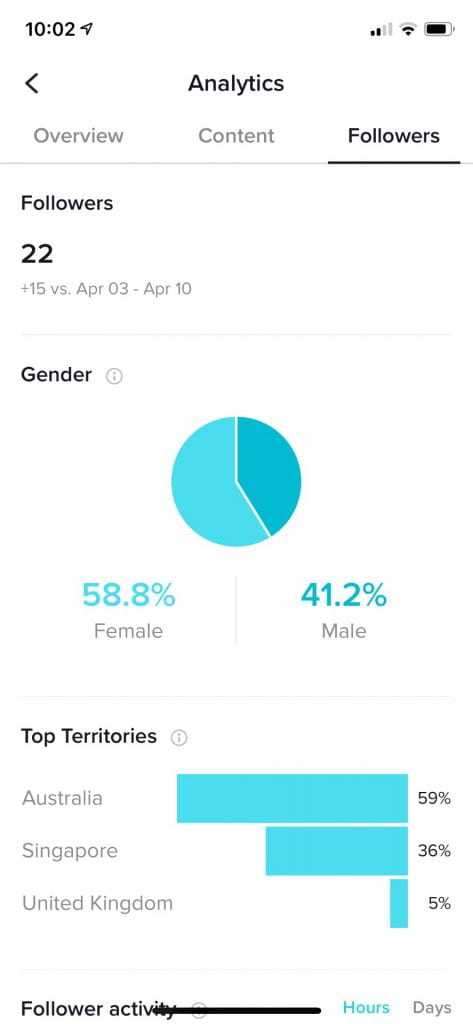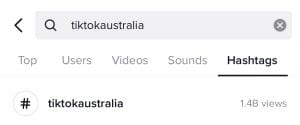My research journey is a winding road that has been met with many twists and turns. There were some factors I thought surely would contribute to the popularity of a TikTok post, but turn out to be essentially ineffective.
On the other hand, there were factors that I never took into account until feedback given by Will and Fan. In this final report, I will not only be detailing my final attempts at finetuning my strategy but also drawing conclusions from my research journey.
1) Post frequency does not contribute to popularity on TikTok.
In Assignment 2, I ensured that I posted 2 times a day within supposedly high-traffic hours. In contrast, I decided to put a halt to this regime in Assignment #4, posting only 2-3 times a week. The difference in views was rather insignificant. As such, it is safe to assume that neither post frequency nor timing contribute to the makings of popular content on TikTok.
On top of that, TikTok’s mechanics hinges on promoting content to new audiences rather than one’s existing followers; most users scroll through the For You page (TikTok’s equivalent of Instagram’s discover page) as it is the default setting, instead of their following feed. So in hindsight, it does make sense that this would be the case.
2) Sticking to a niche content type helps.
After studying my analytics from Assignment #2, I concluded that the TikToks that did better, at least on my account, were ones that highlighted my personal brand of humour, rather than those that adhered to a particular script or template. For Assignment #4, I did just that and received a slight, albeit noteworthy, improvement in views – from a median of under 70 to a median of 100 and up (see figures below).
3) Geotagging does little to nothing.
While geotagging might help other users find content in a specific location, most users do not utilise this feature. This is because TikTok has another existing location-based feature, that allows news feeds to be curated according to each individual’s location. That is to say, it is not necessary for users to search for content relevant to their proximity using the geotag feature, and as a matter of fact, is more inconvenient. On top of that, while it does aid in targeting audiences based in specific locations, it seems that hashtags are still more heavily used for this purpose (e.g. #tiktoksingapore #tiktokaustralia).
All in all, this was a rather interesting experiment to conduct, with TikTok being a relatively new social media platform. I’m rather satisfied with the results, and I quickly learned that TikTok operates on a vastly different set of rules and algorithms.
Word count: 433 words.






